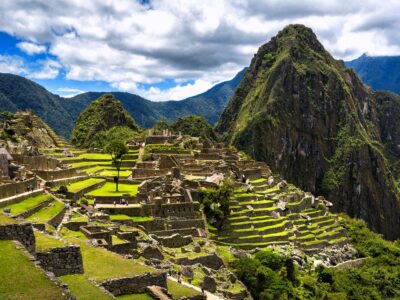
Peru has some of the most stunningly diverse landscapes and ecosystems in the world, and the best time to enjoy them is from May-September. Trekking through Peru's picturesque mountains, sampling ceviche and walking through the rainforest are just a few of the reasons to head south during the summer months._x000D_
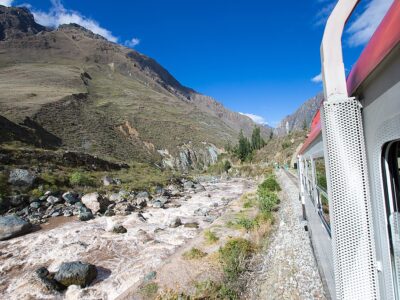
Peace and quiet at Machu Picchu? Yes, it's possible—if you know when to go. Here's how to make the most of your time in Peru during the off-season, whether you're headed to Incan ruins, the rainforest, the mountains, or the beach._x000D_
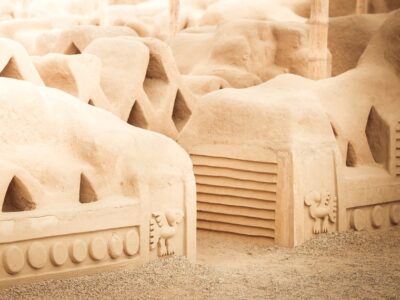
Off-the-radar for most tourists, Northern Peru has its own set of amazing highlights. You can experience Peru's cultural diversity and numerous archaeological sites, given many pre-Inca civilizations settled in the northern regions. Besides culture, you can also enjoy the amazing wildlife, the beautiful flora and fauna, enjoy a hike in the Andes or relax along long stretches of white sandy beach.
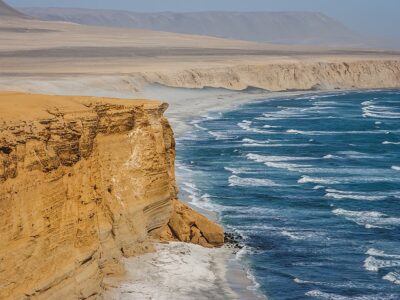
Though February tends to be the rainiest month in the Sacred Valley (the Inca Trail is completely closed), there's a slew of lively highland festivals, alternative treks, and fun beach vibes along the country's extensive Pacific coast. Find out what to do and where to go in this monthly guide.
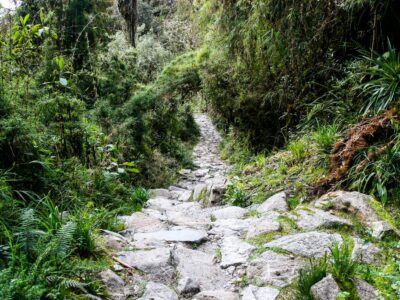
Despite rainy season being here in earnest, January can be a surprisingly good month to hike the Inca Trail. Once Christmas and New Year crowds have dispersed, there will be fewer hikers on the trail or sightseers in the Sacred Valley than at almost any other time of year. And the sun still comes out between the showers to capture the region in all its beauty, sometimes all the more dazzling for being part-covered in mist and cloud.
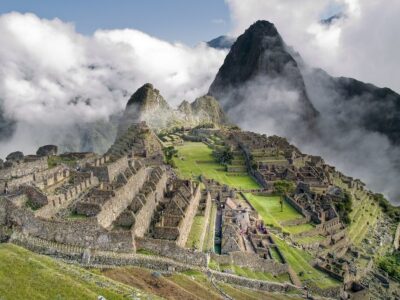
For tourist-free views of Machu Picchu, visit in January. Peru's most popular attraction is much less crowded in the wet season. Rainy weather means a lot of mud—and far-from-ideal trekking conditions. But with the rain, flora flourishes. When the rains clear, as they often do, Machu Picchu appears spectacularly verdant.
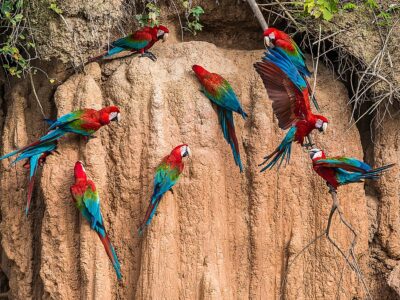
Peru is richly endowed with natural beauty and diverse wildlife. Many of its mythic sites are firm fixtures on the tourist trail. To escape the crowds, you can visit a remote nature reserve with unparalleled biodiversity: Manú National Park.
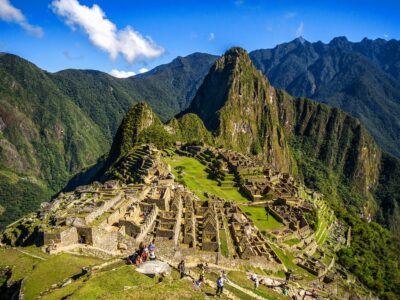
The spellbinding scenery and perfect stonework of the Lost City of the Incas have fascinated historians, architects and tourists alike since the ruins were uncovered from the jungle over a century ago. To make the most of this unforgettable place, use our expert guide to Machu Picchu to plan your trip.
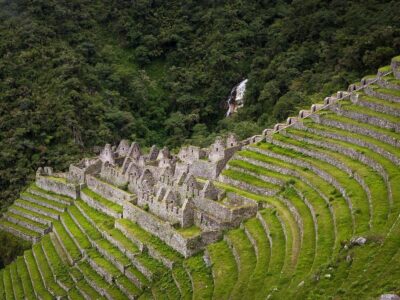
June is high season in every sense on the Inca Trail and in the Sacred valley surrounding it. Weather is at its best for hiking (sunny and dry, although chilly at night) and the daily trekkers on the trail are at their maximum levels. In addition to this, it is big party time as the Sacred Valley celebrates Inti Raymi, the ancient Incan festival of the sun.
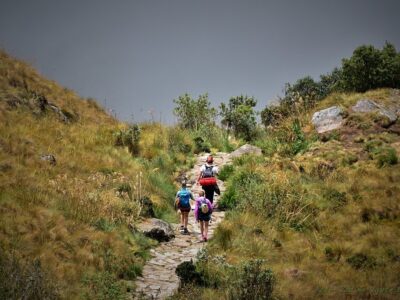
The Inca Trail reopens this month, seeing a surge of visitors to the hike and to Machu Picchu not seen since the previous October. This is still wet season in the Sacred Valley, but the rains are beginning to subside as the month wears on, bringing better hiking weather. If Easter falls this month, Semana Santa (Holy Week) celebrations bring even more visitors to the region.
